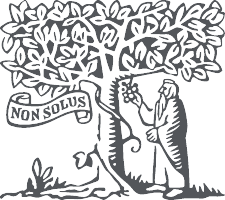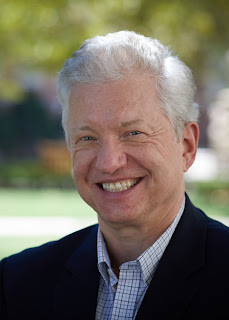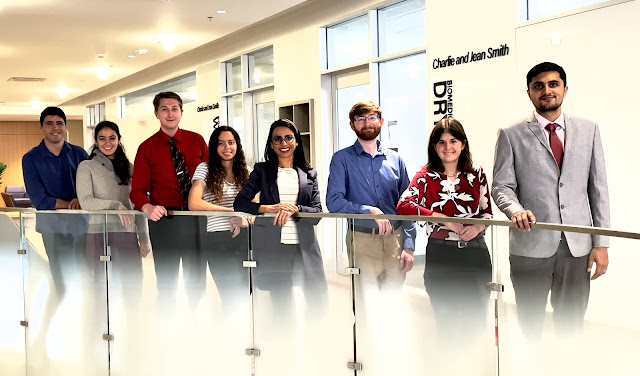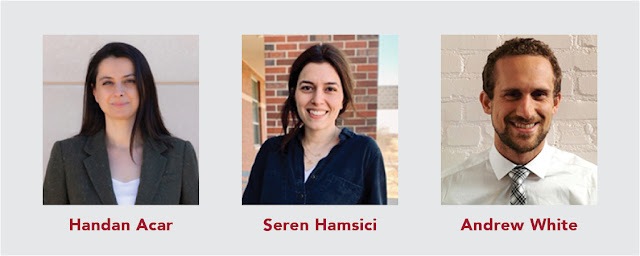Noted Database Places OU Engineering Researchers Among Top 2% in Their Fields

A prestigious list published by Elsevier, an international information and analytics company, has recognized 19 engineering faculty at the University of Oklahoma who are using their research expertise to create solutions for the world’s toughest challenges. Titled “Standardized Citation Metrics Author Database,” the list is updated yearly and is thought to be the only large-scale database that systematically ranks 100,000 of the most-cited scientists in the world. “For more than 20 years, this database has been one of the few that ranks a researcher’s impact in their scientific field,” said John Klier, Ph.D., dean of the Gallogly College of Engineering. “The list is an indication of the very positive impact engineers and scientists are making in the world through dedicated research and commitment. I’m extremely pleased to see so many of our engineering faculty recognized.” A publicly available database can be found at updated science-wide author databases of standardized citation ...






